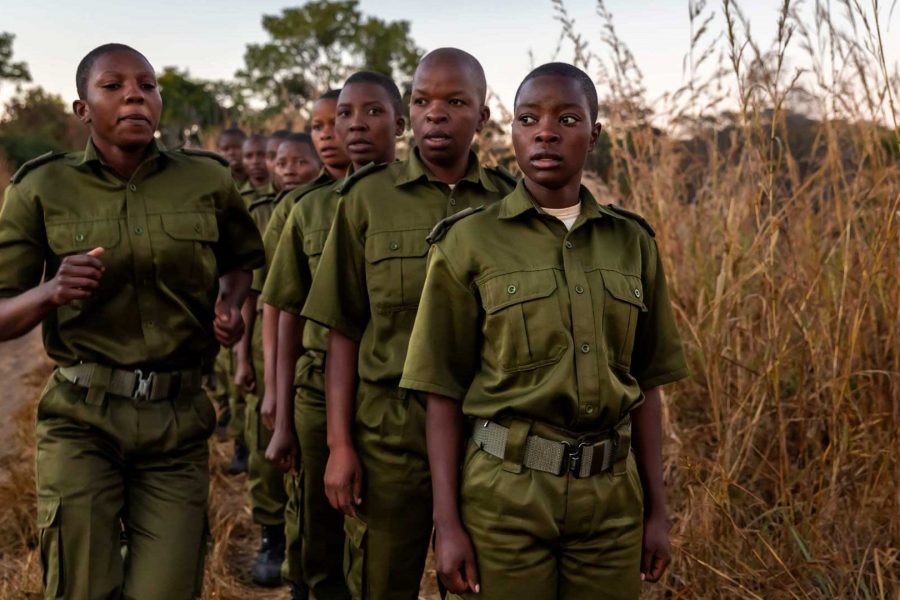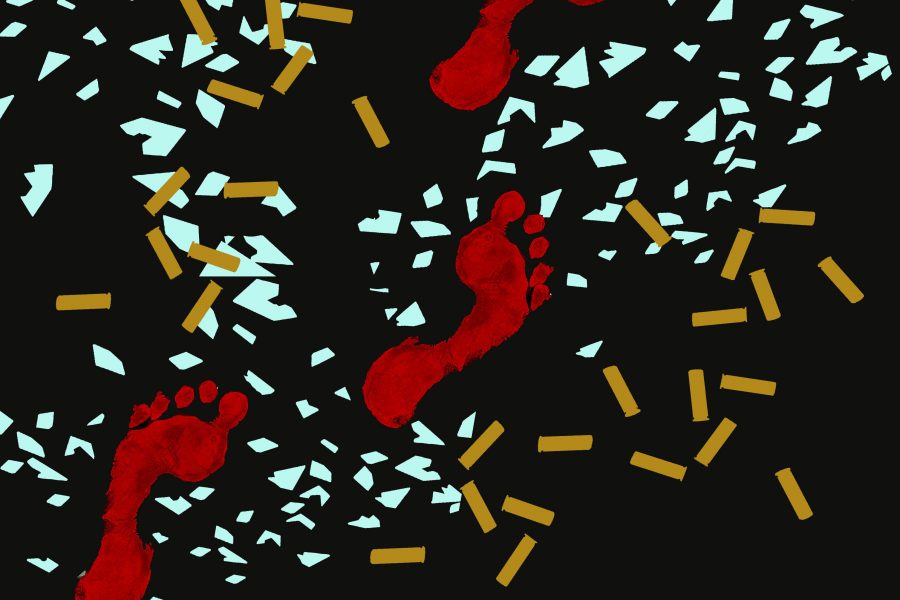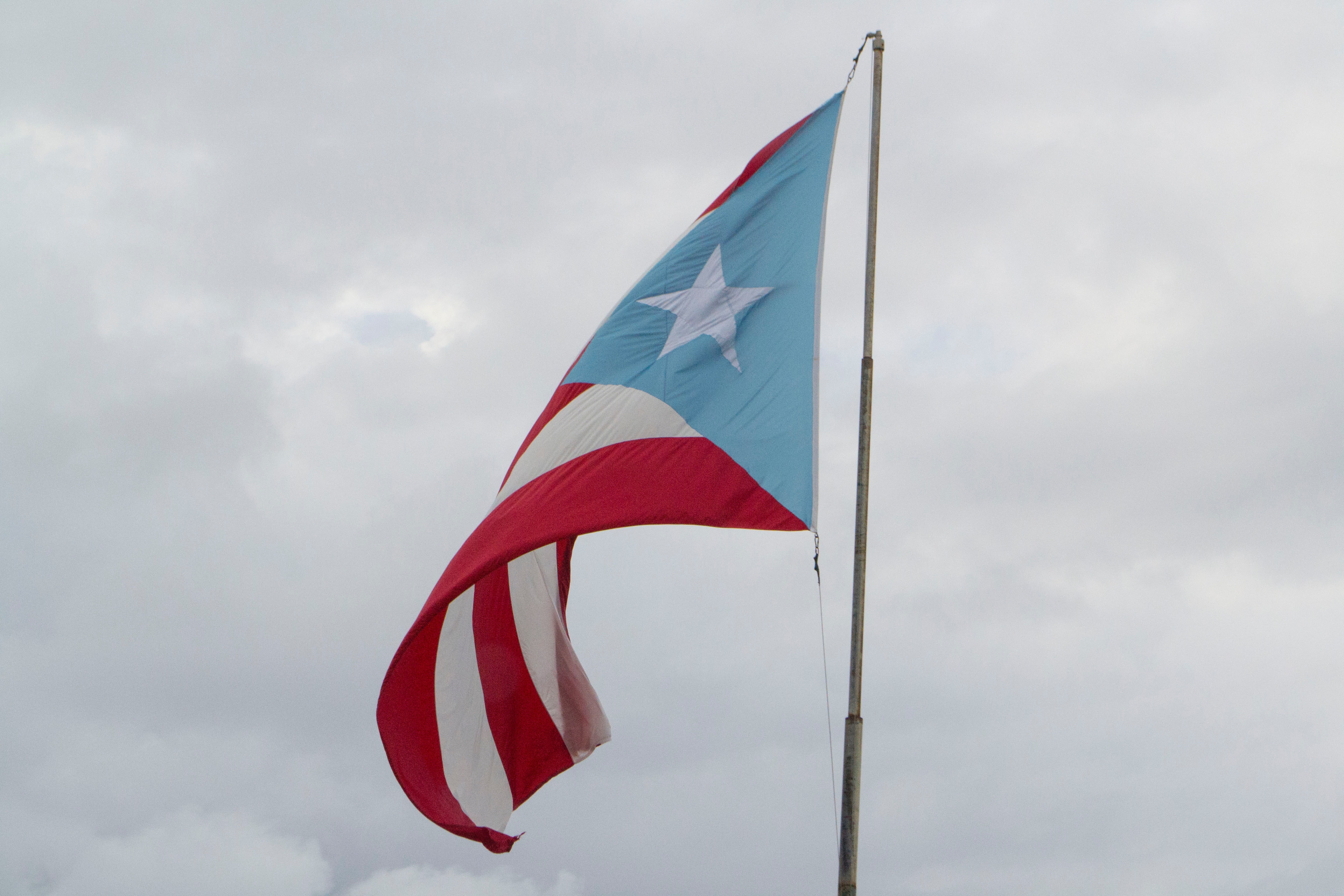Vaccine to be given to 500,000 despite limited testing
Johnson & Johnson launched a new vaccine for Ebola with unknown long-term effects in Congo and plan on injecting approximately 500,000 people in the next 10 months.
The vaccine requires two shots to be injected eight weeks apart, according to Deutsche Welle. The primary objective of Johnson & Johnson is to test the new vaccine in a real world setting. The vaccine passed Phase I and Phase II of the clinical trial phase, regardless of its application in real-world settings.
“In the midst of this devastating outbreak we welcome the announcement by the Government of [Congo] to introduce a second experimental Ebola vaccine as part of a clinical trial protocol,” CEO of the Coalition for Epidemic Preparedness Innovations Richard Hatchett said in a press release, according to the University of Minnesota’s Center for Infectious Disease Research and Policy.
“In terms of future global health security, having more than one licensed Ebola vaccine is crucial. It will help improve future supply and enable different vaccines to be used in different outbreak settings and populations as needed.”
Launched in 2018, the Merck vaccine was the first Ebola vaccine to be issued in Congo. The Merck vaccine is used for “ring vaccination” of Ebola, which aims to control the virus by identifying and offering the vaccine to people who are likely to be infected.
Some have questioned if Johnson & Johnson’s new vaccine will replace Merck’s, but those involved in the project have assured the public the two vaccines will work alongside each other. The plan with the addition of the Johnson & Johnson vaccine is to extend protection by providing it to “targeted at-risk populations,” according to the World Health Organization.
“The introduction of a second vaccine is not meant to replace [Merck’s] vaccine but to complement it and hopefully provide us with an additional tool in the fight against future Ebola outbreaks,” John Johnson, who is leading the implementation of the new Ebola vaccine for Doctors Without Borders told TRTWorld.
For over a year, Congo has struggled to contain the second largest Ebola outbreak in history. Deutsche Welle reported over 3,200 people have been infected with the virus, and 2,000 people have died. Several areas throughout Congo have search checkpoints which test people and corpses before they are able to enter some towns.
A group attempting to transport the corpse of a 35-year-old man to Kabasha for his burial refused to participate in Ebola screening at the Mavivi checkpoint on Nov. 17. Officials alerted workers at other checkpoints around Beni who stopped the convoy and took samples from the man’s body. The tests were positive for Ebola. After negotiations between responders and the family, the man was buried in Kabasha, with officials who attempted to ensure the disease did not spread from the corpse.
Since the beginning of November, the active Ebola cases are concentrated in Mabalako, Beni and Mandima, according to CIDRAP. The remaining active cases are on the decline, but WHO stressed it will be challenging to stop the spread of the disease in certain areas, especially rural or hard to reach regions.






